At Photokina 2018, Sigma announced a number of new lenses, including the development of the new Sigma 40mm f/1.4 DG HSM | Art lens. At first glance, many weren’t sure what to make of this lens. It fit directly between two highly regarded lenses, the 35mm Art and 50mm Art, and was physically larger than each of them. It hasn’t been a common focal length for lens manufacturers, with most sticking to the more traditional 35mm and 50mm, the exceptions being Canon’s 40mm Pancake, Voigtlander’s 40mm and Zeiss’ recently released Batis 40mm.
So, why 40mm? Here’s the short version. In the cinema industry, 28mm was a favourite focal length for many of the top directors and D.O.P’s (oh look, Sigma came out with one of those as well – the Sigma 28mm f/1.4 Art). Due to the nature of cinema cameras in those days, the Super35 film frame size was similar to an APS-C digital camera. Converting 28mm on APS-C to Full-Frame, you would need approximately 42mm. With the sudden surge of large format digital cinema cameras entering the market, Sigma jumped at the opportunity to create a cinema lens that covered the full-frame sensor. And while they’re making a cinema version, a photo version seemed like a great idea.
One problem, how does Sigma bring a new lens to the market without cannibalizing their 35mm and 50mm lenses? In this case, Sigma decided on ‘Beyond Art’. Take the Art series and put it into overdrive. Sharpness out to the very edge of the frame, no chromatic aberrations, micro-contrast, flare control, the works. All of this comes at the cost of size, weight and price – but it produces a phenomenal image. If you’ve heard of the Otus series of lenses, you’ve come to the right place.
Disclosure: I am not a ‘lens reviewer’, these impressions are not scientific and they are inherently bias as I have a working relationship with Sigma. I was not asked to create this writeup and it is only to share sample images and perhaps convince you to try it and then draw your own conclusions.
Construction Details
I tested the lens on a Sony A7rII with the Sigma MC-11 adapter. It was the highest megapixel camera available to me at the time of the test.
The lens is physically big, there’s no denying that. It was very reminiscent to using a slightly narrower version of the Sigma 85mm f/1.4 Art lens (the 40mm has an 82mm front filter while the 85mm has an 86mm front filter). Personally, I find it front heavy on a mirrorless camera. I expect it would be more comfortable on a pro-DSLR body. One interesting change from Sigma is a push button lock for the lens hood. This is also found on the new Sigma 70-200mm f/2.8 DG Sports lens. The surface that button sits on has a rubberized texture that makes it easy to grip, but is a magnet for dirt and dust.
Comparisons to Sigma 35mm Art
I compared the new Sigma 40mm f/1.4 DG HSM | Art with the Sigma 35mm f/1.4 DG HSM | Art in a native E-mount. These images were shot in RAW and left unprocessed in Adobe Lightroom, only exported for size. I’ll start by saying the Sigma 35mm Art is no slouch. It was released in 2012/2013, so it’s great to see how far Sigma has come in 6 years. The incorporation of serious weather sealing in every new lens, the improved autofocus motors, and the optical quality of every new lens being released. The Sigma 35mm is an affordable workhorse that I’ve had in my bag since Day 1. With the new Sigma 40mm, you are chasing those diminishing returns in an effort to get the very best, the last 10%. An Audi R8 is considered by some to be an ‘affordable’ supercar at $100,000 that you can drive every day and hit a top speed of 330 km/h, but to break the 400km/h barrier, you’ll need to multiply by 10. Diminishing returns for most.
If you would like to download a few raw sample images, including the f/1.4 comparisons with the Sigma 35mm Art, they are available here: Sigma 40mm
Sigma 40mm f/1.4 DG HSM | Art – 1/800 @ f/1.4 – ISO 100.
Example of chromatic aberration at f/1.4. Left: Sigma 40mm / Right: Sigma 35mm
Example of sharpness and chromatic aberration at f/8. Left: Sigma 40mm / Right: Sigma 35mm
Example of image quality at f/1.4. Left: Sigma 40mm / Right: Sigma 35mm
Example of image quality at f/1.4. Left: Sigma 40mm / Right: Sigma 35mm
Bokeh Samples

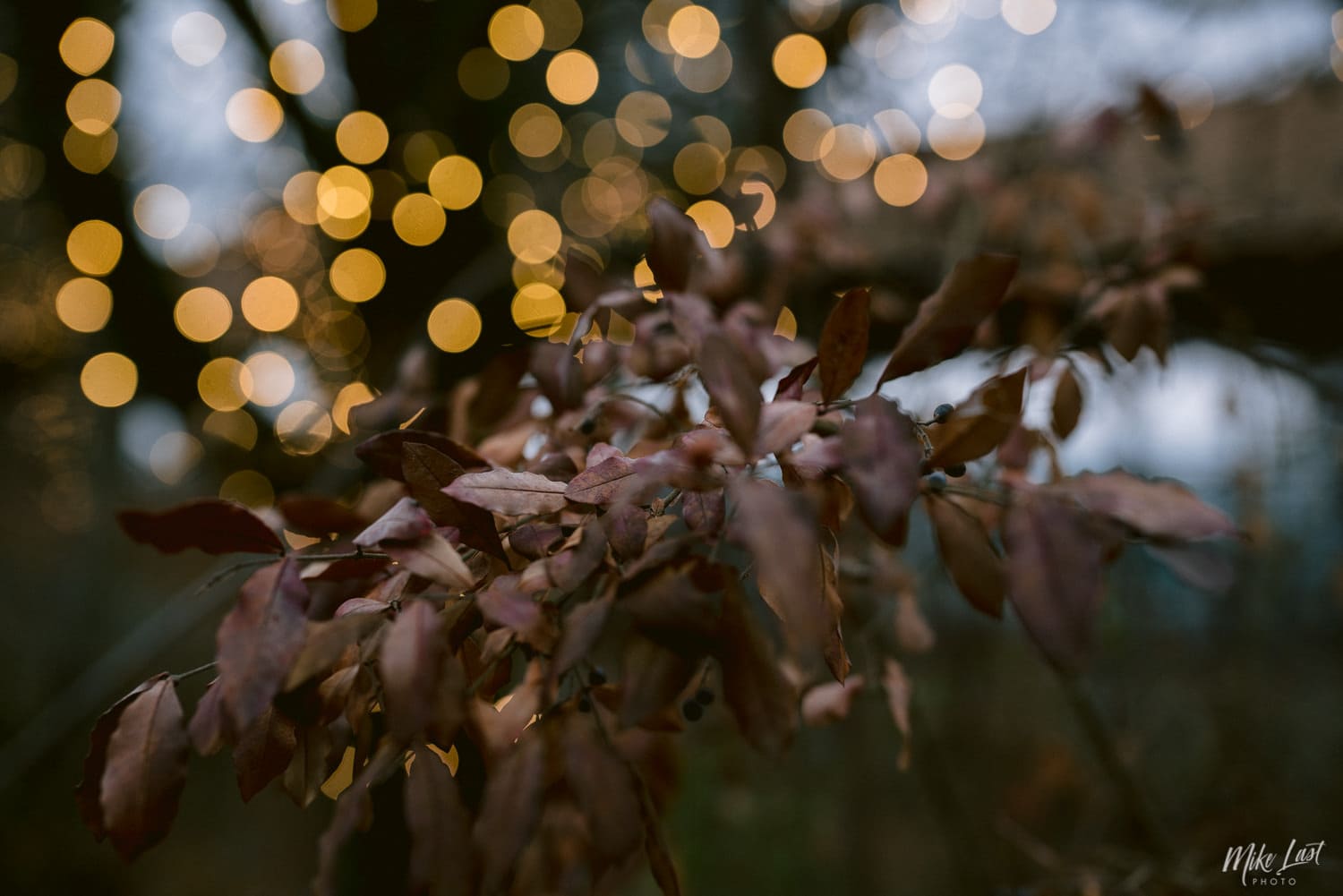

Image Quality Thoughts
There is a noticeable lack of chromatic aberration in the f/1.4 samples above when compared to the Sigma 35mm f/1.4 Art. The quality of the bokeh rendering looked smoother in the out of focus areas. Having never used a 40mm lens before, I greatly enjoyed the focal length in the short time I spent with it. With a 35mm, there is a sense of wide-angle within the image, drawing near subjects closer to the lens. With the 40mm, it felt much more like a 50mm lens with a wider field of view, rather than a wider angle.
Processed Sample Images
Converted from uncompressed raw to JPEG with presets applied in Adobe Lightroom CC. No cropping, straightening or Lens Correction presets have been applied.
Final Thoughts on the Sigma 40mm f/1.4 DG HSM | Art
So who should take a strong look at the Sigma 40mm? I can think of two ideal candidates. A photographer that wants a 40mm f/1.4 lens with autofocus or a photographer that requires absolute image quality above all else, size and weight be damned.
Will I be adding this lens to my kit? I’ll need to spend more time with it first, but I enjoy the focal length enough to think it could take the place of my 35 or 50mm Art lenses on a wedding day as part of a four lens DSLR kit, including a 14-24mm, 85mm f/1.4 and 70-200mm. It would likely get left behind on remote adventures, where I am currently favouring the Sony a6300 and Sigma DC DN prime line of lenses, but I could see taking it on trails accessed by car. It will also earn a spot on upcoming full-frame cinema projects. There’s a reason that focal length was loved by so many of the greats.
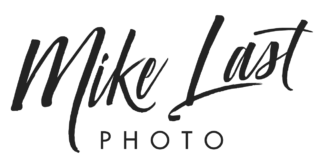


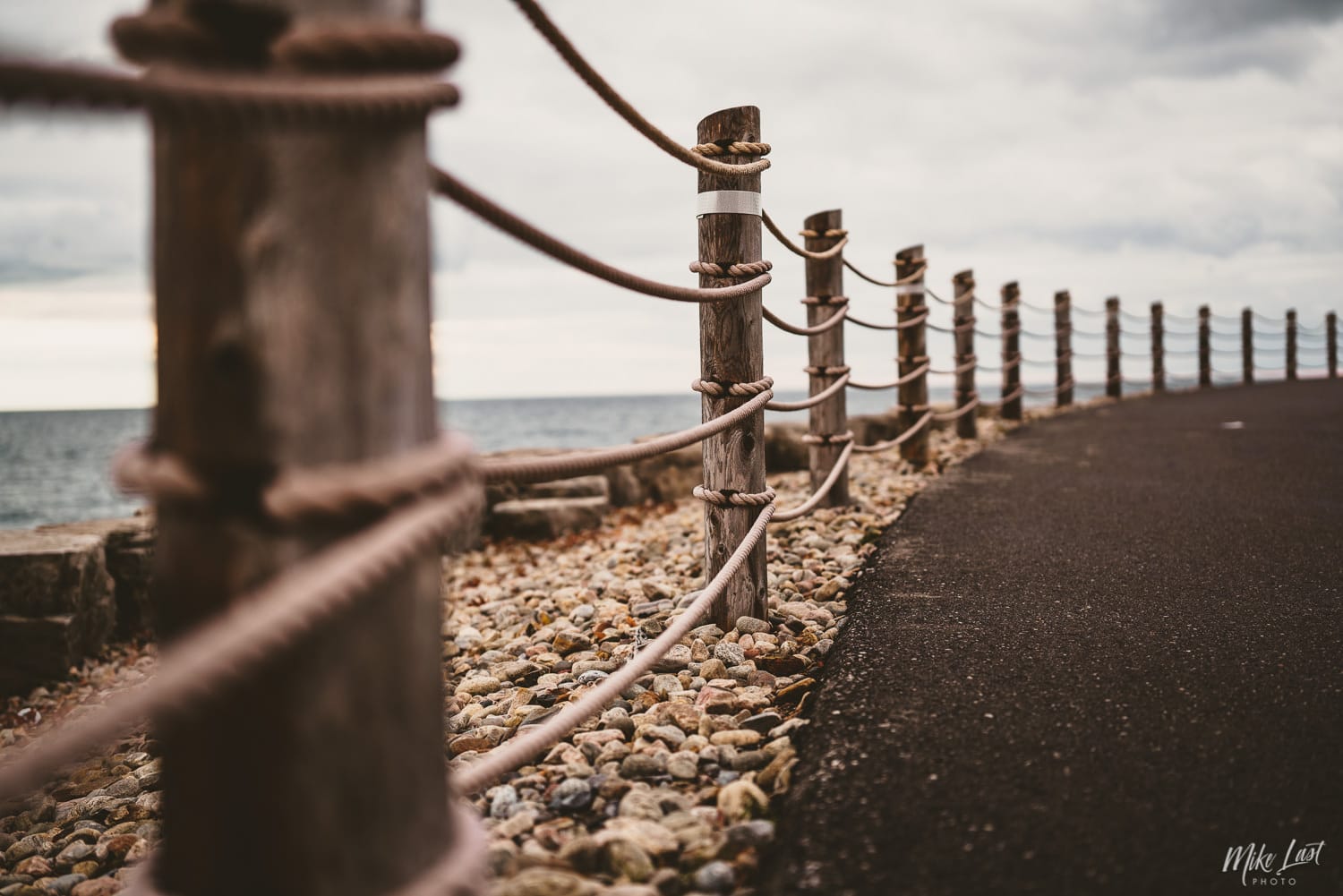
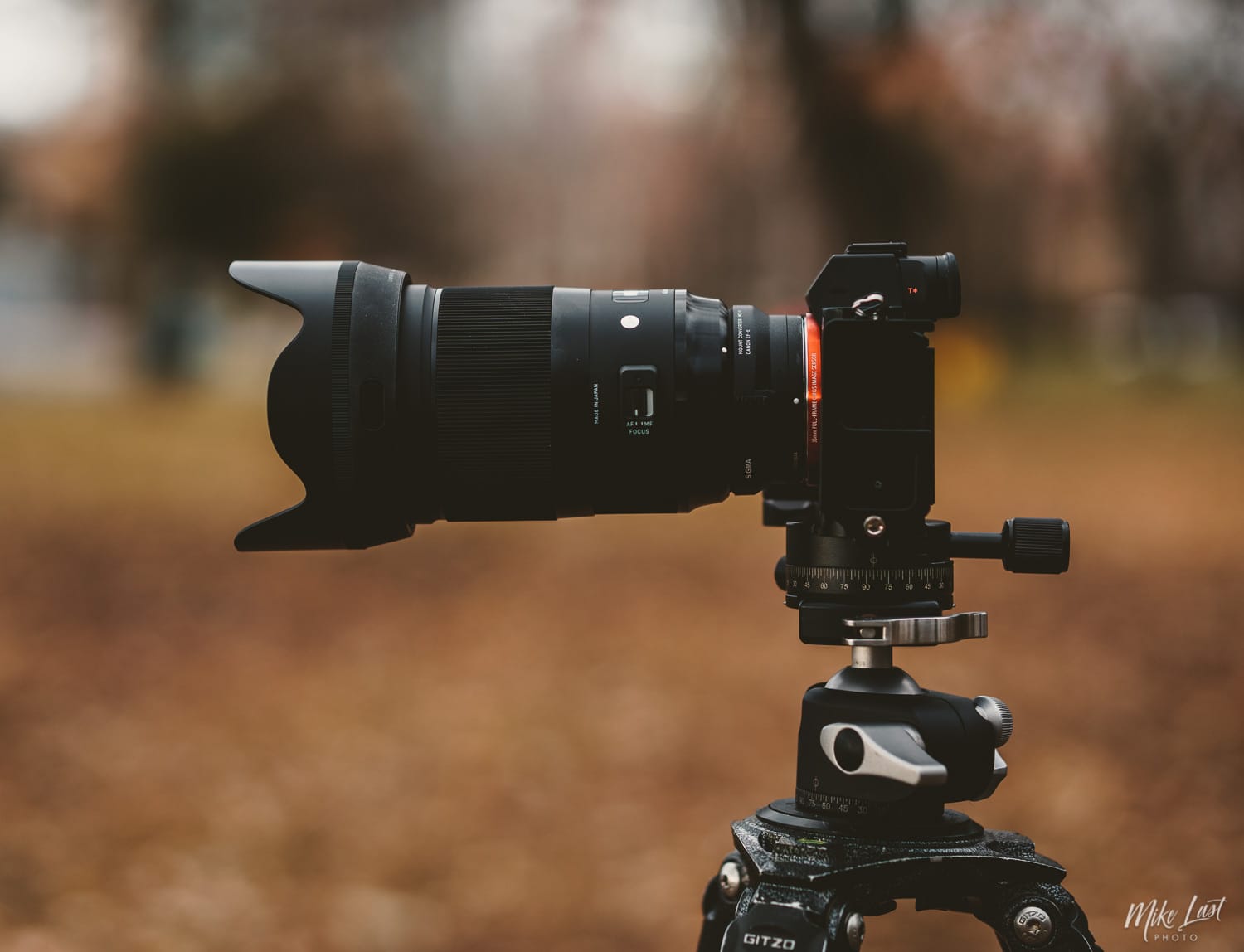
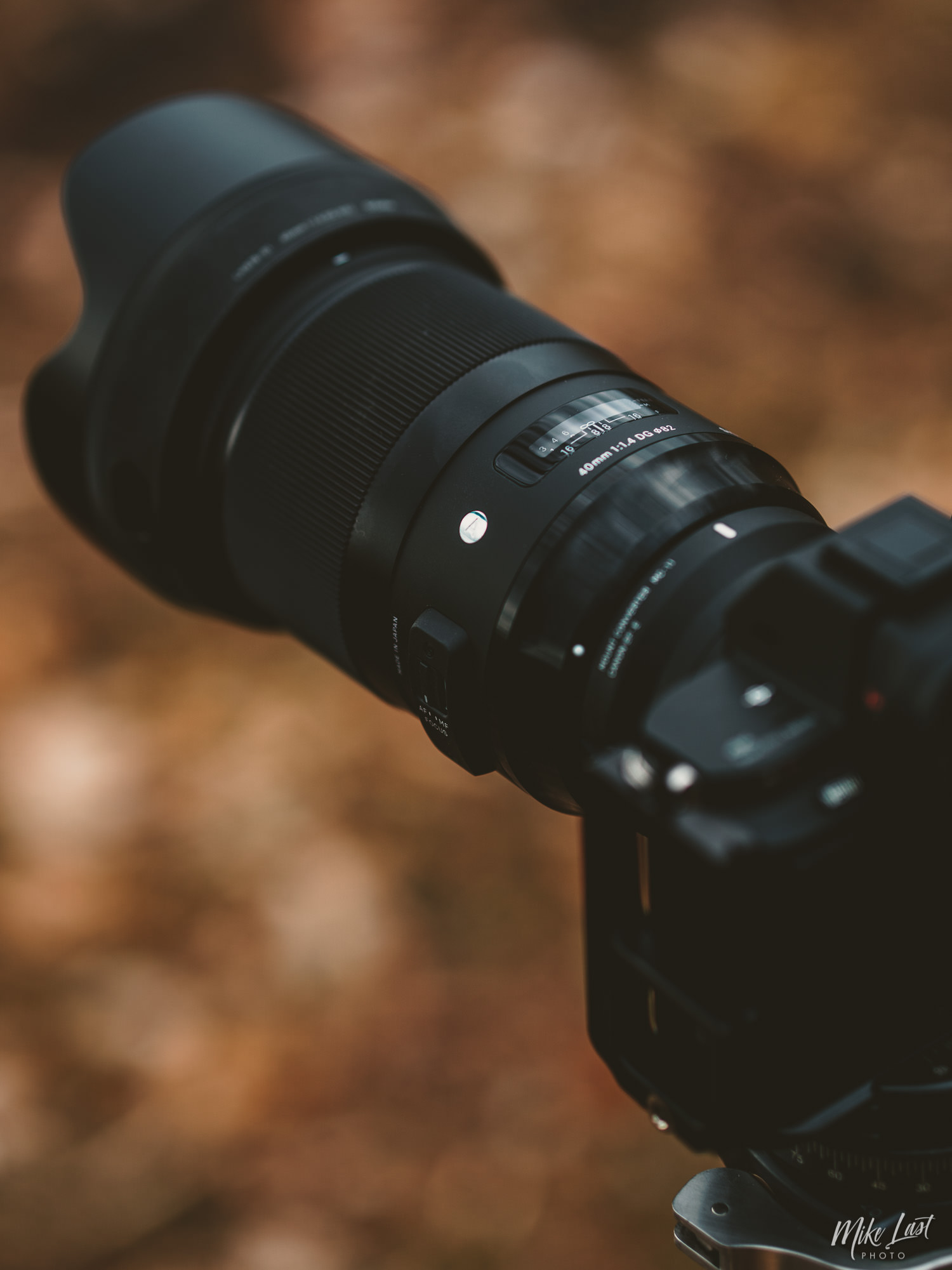
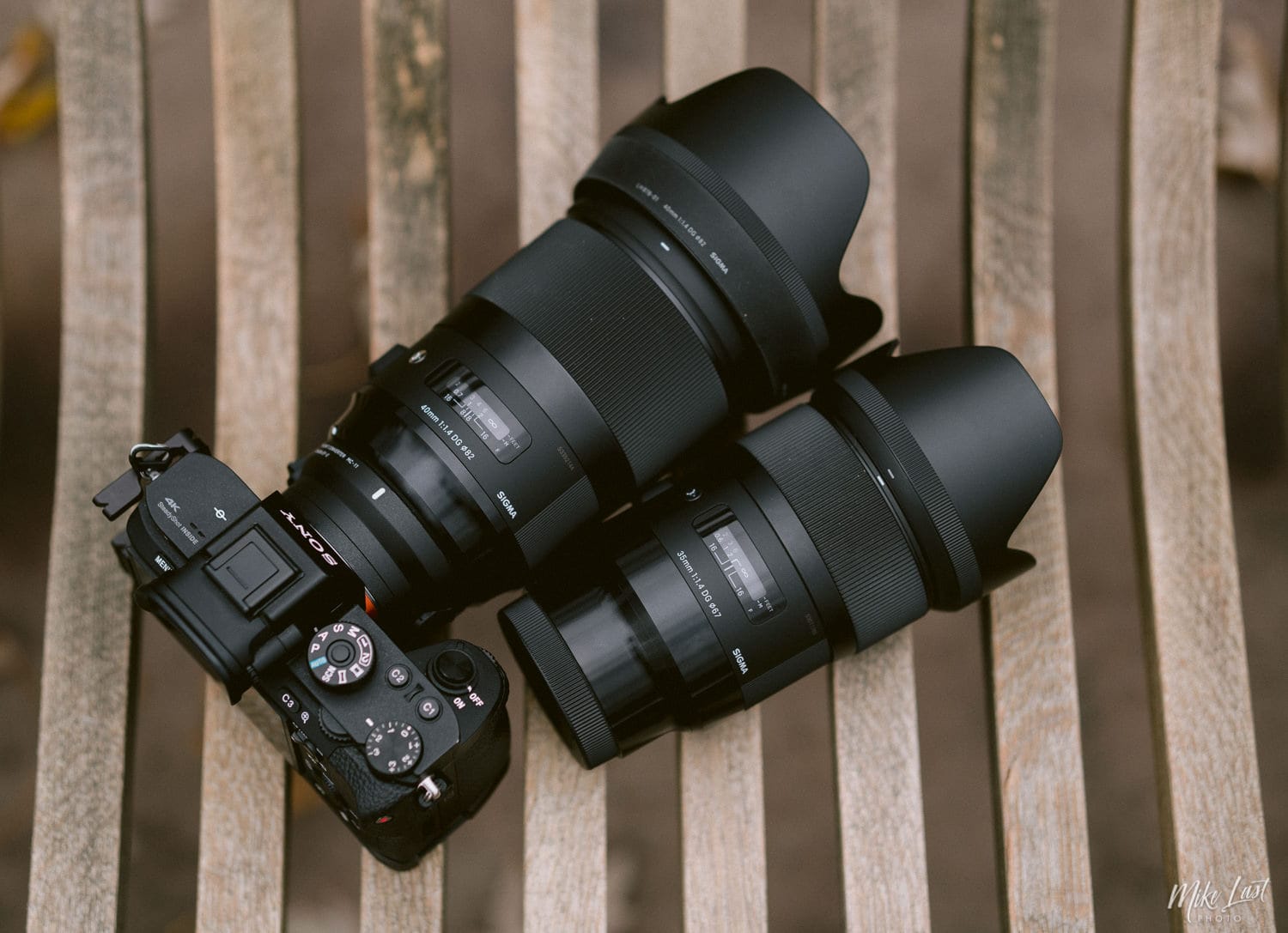
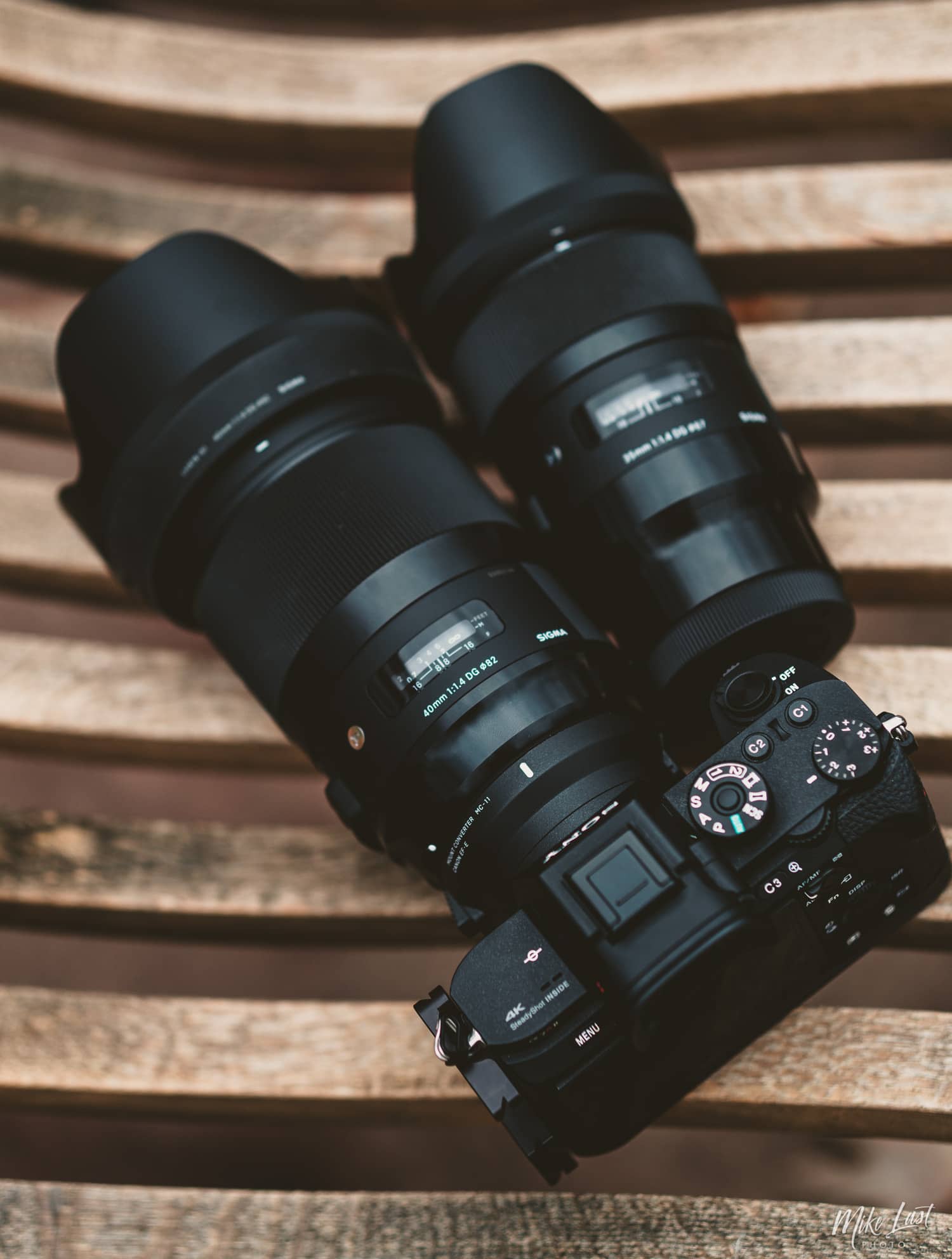
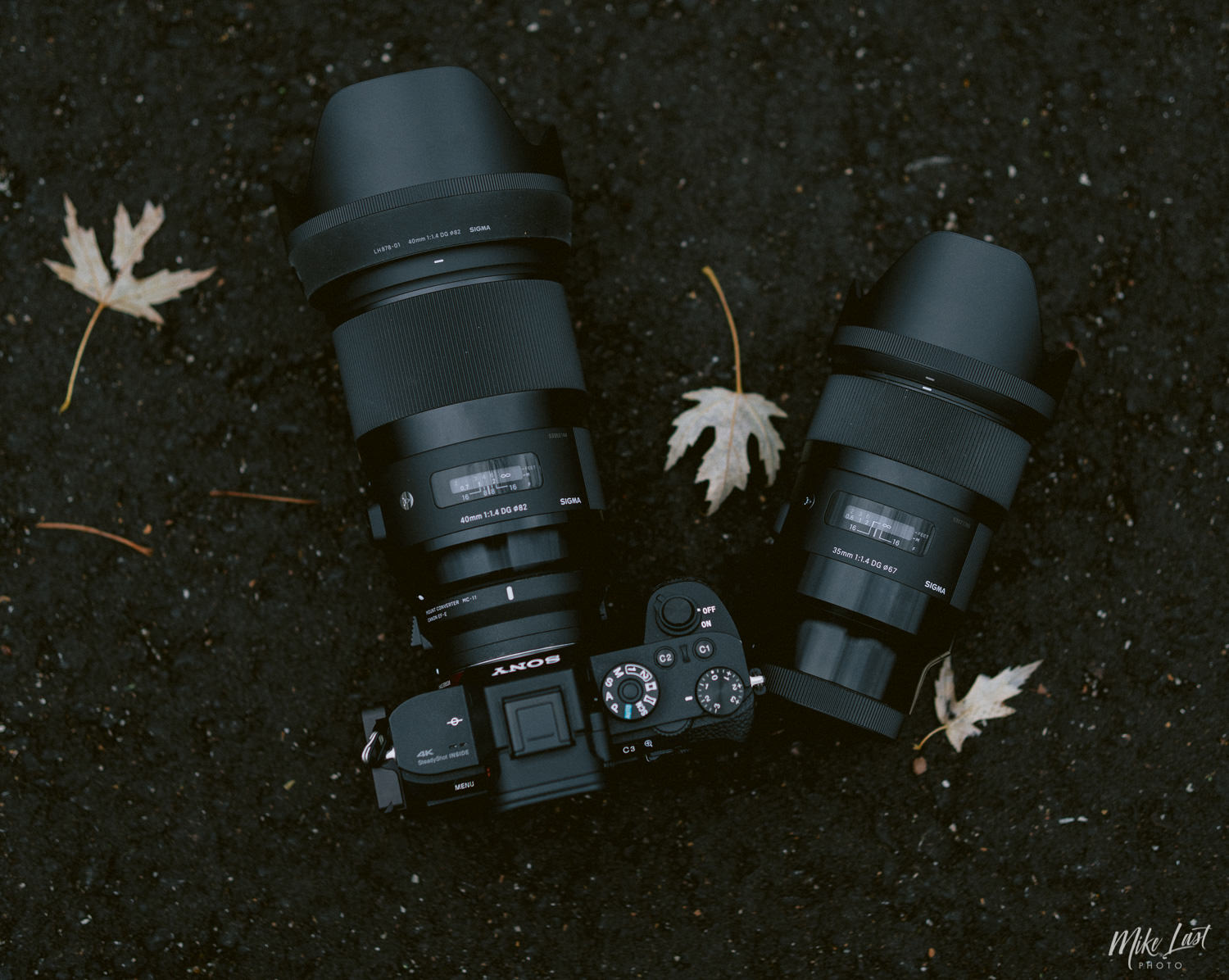


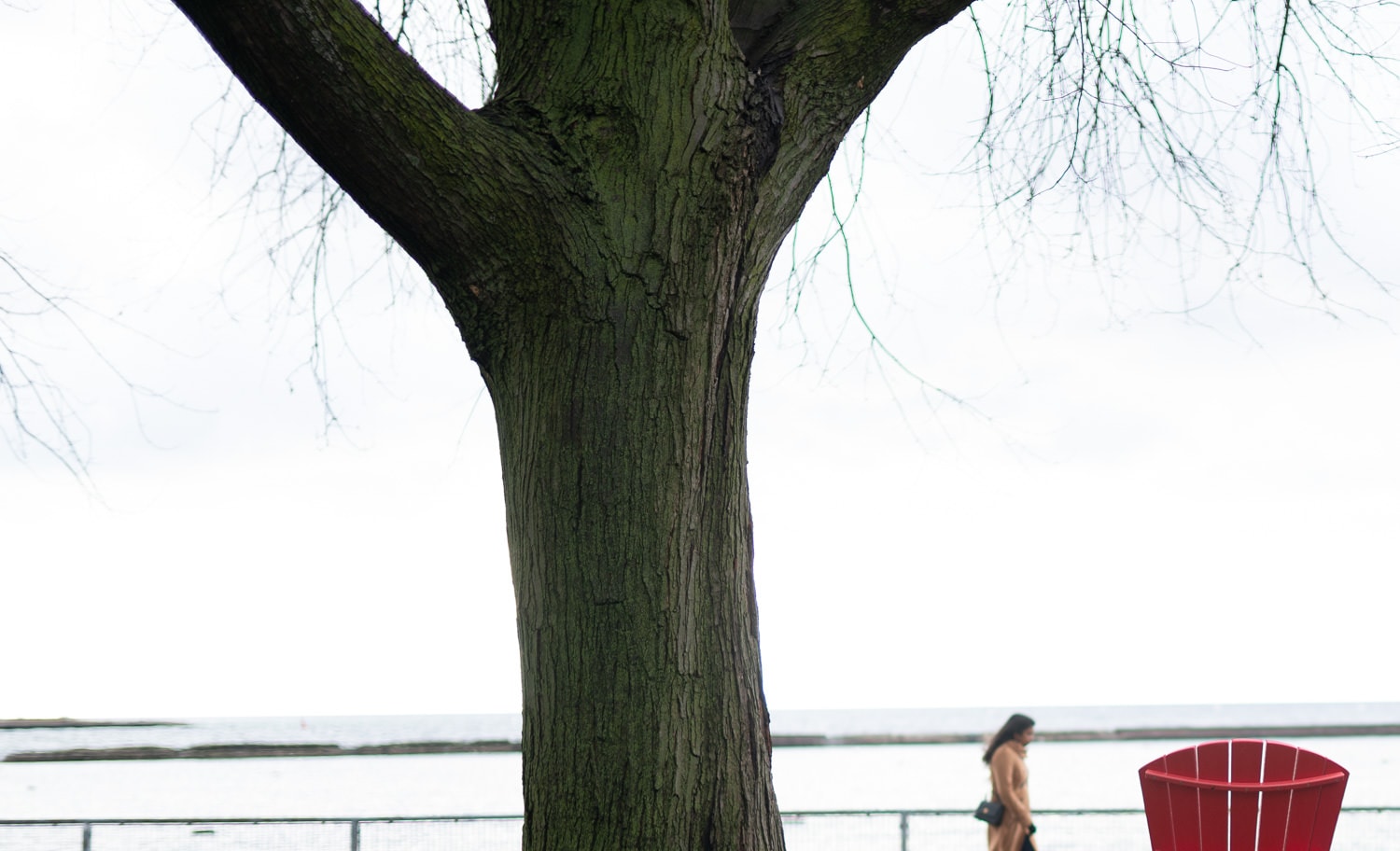


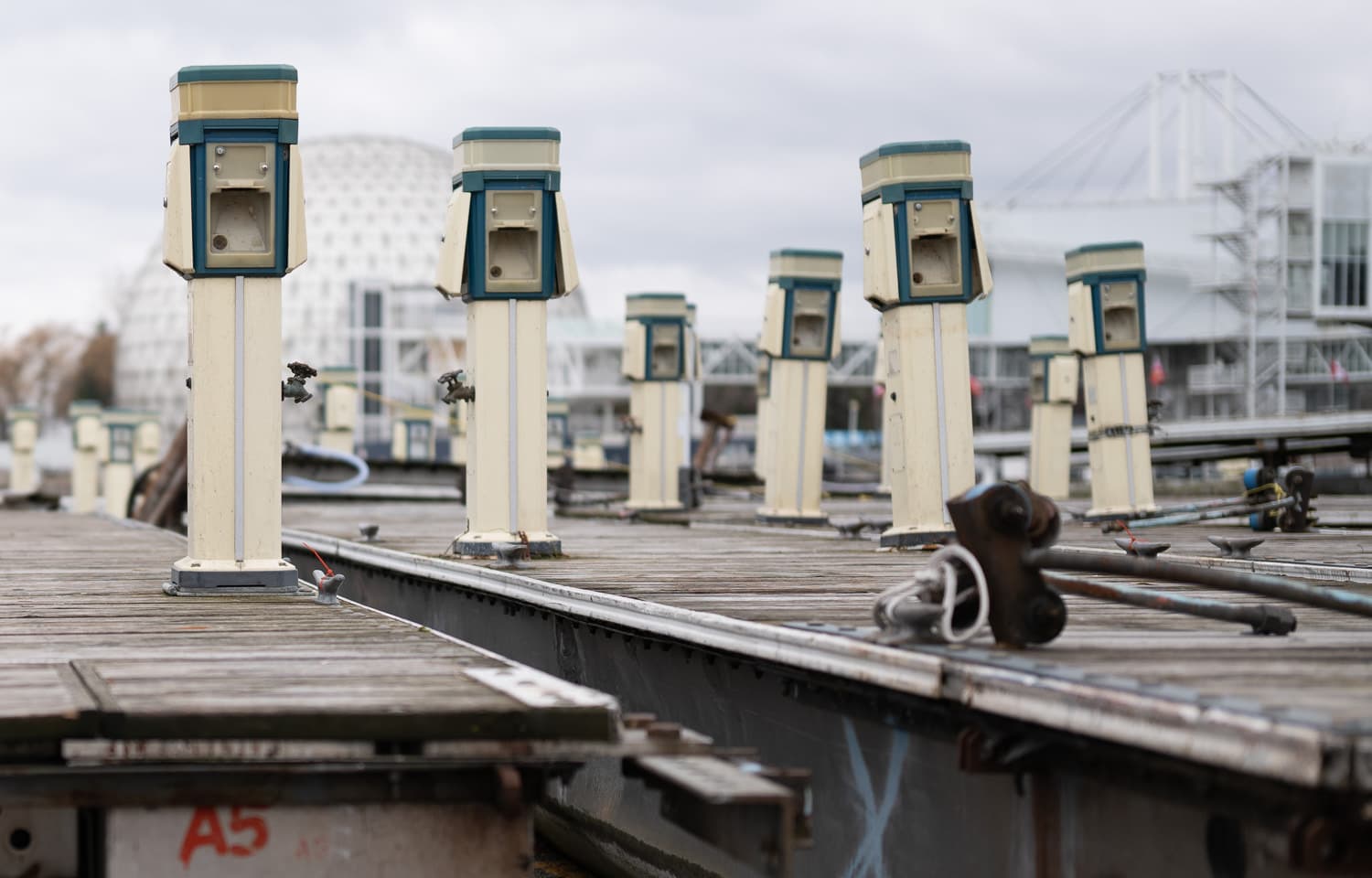
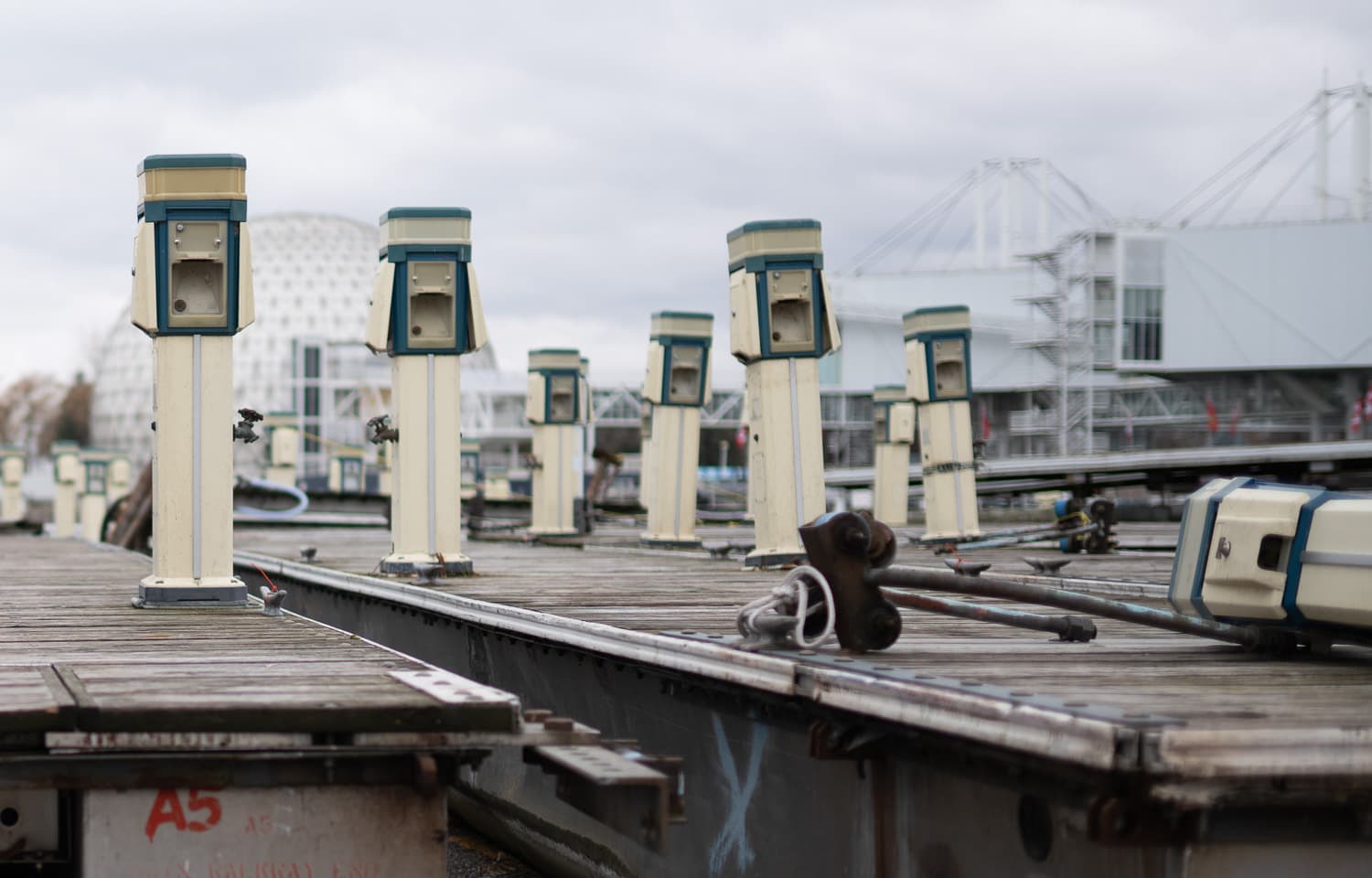
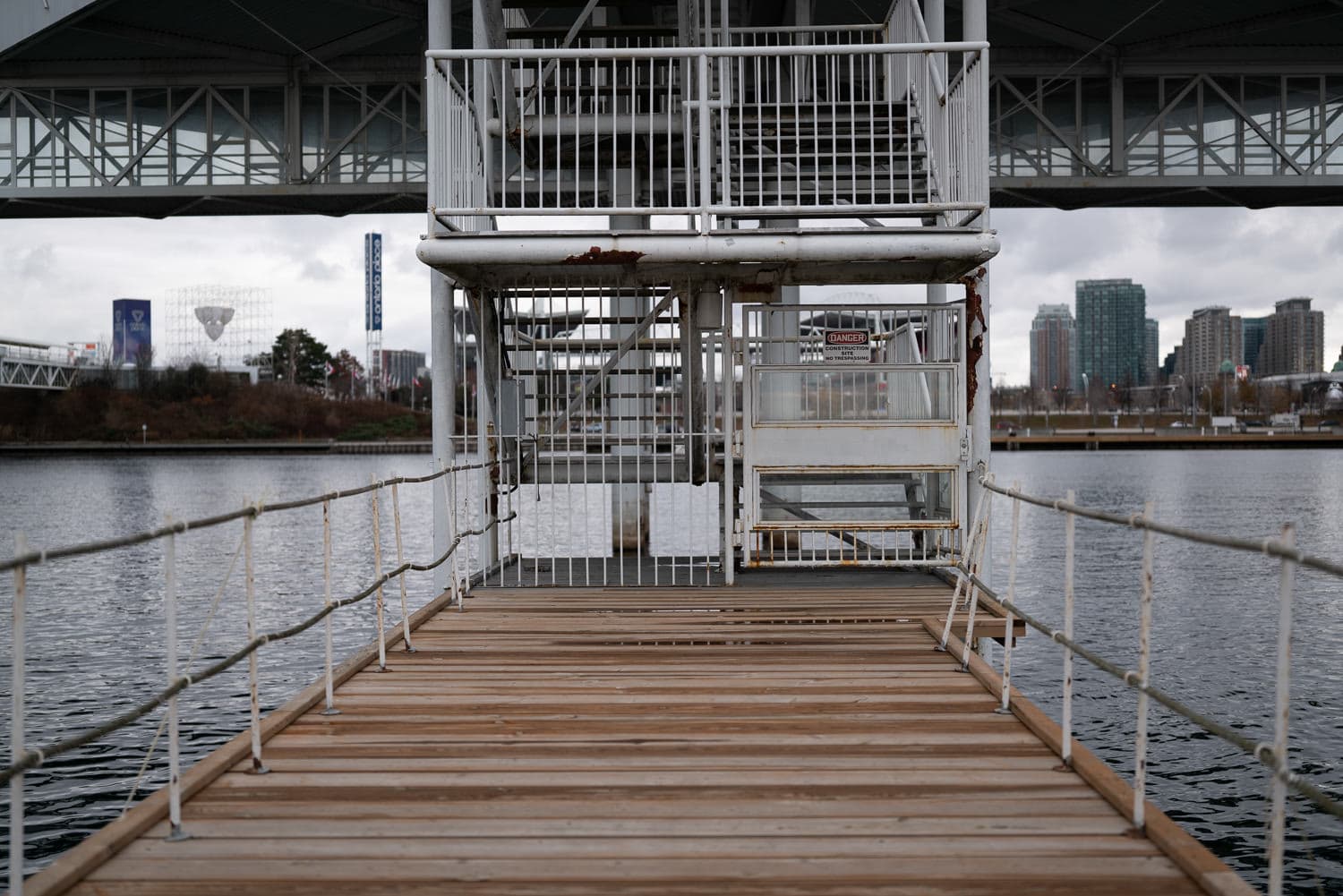
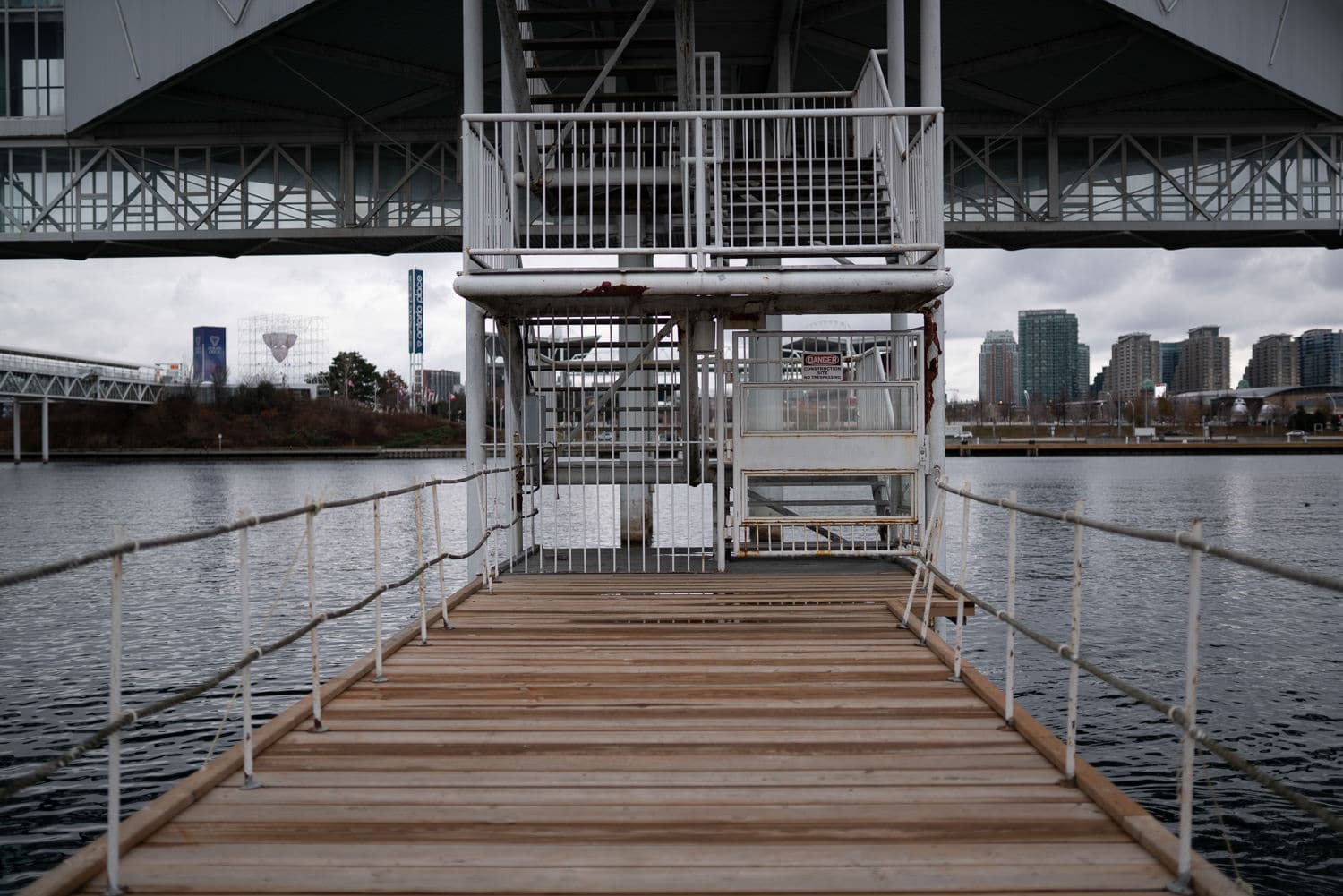
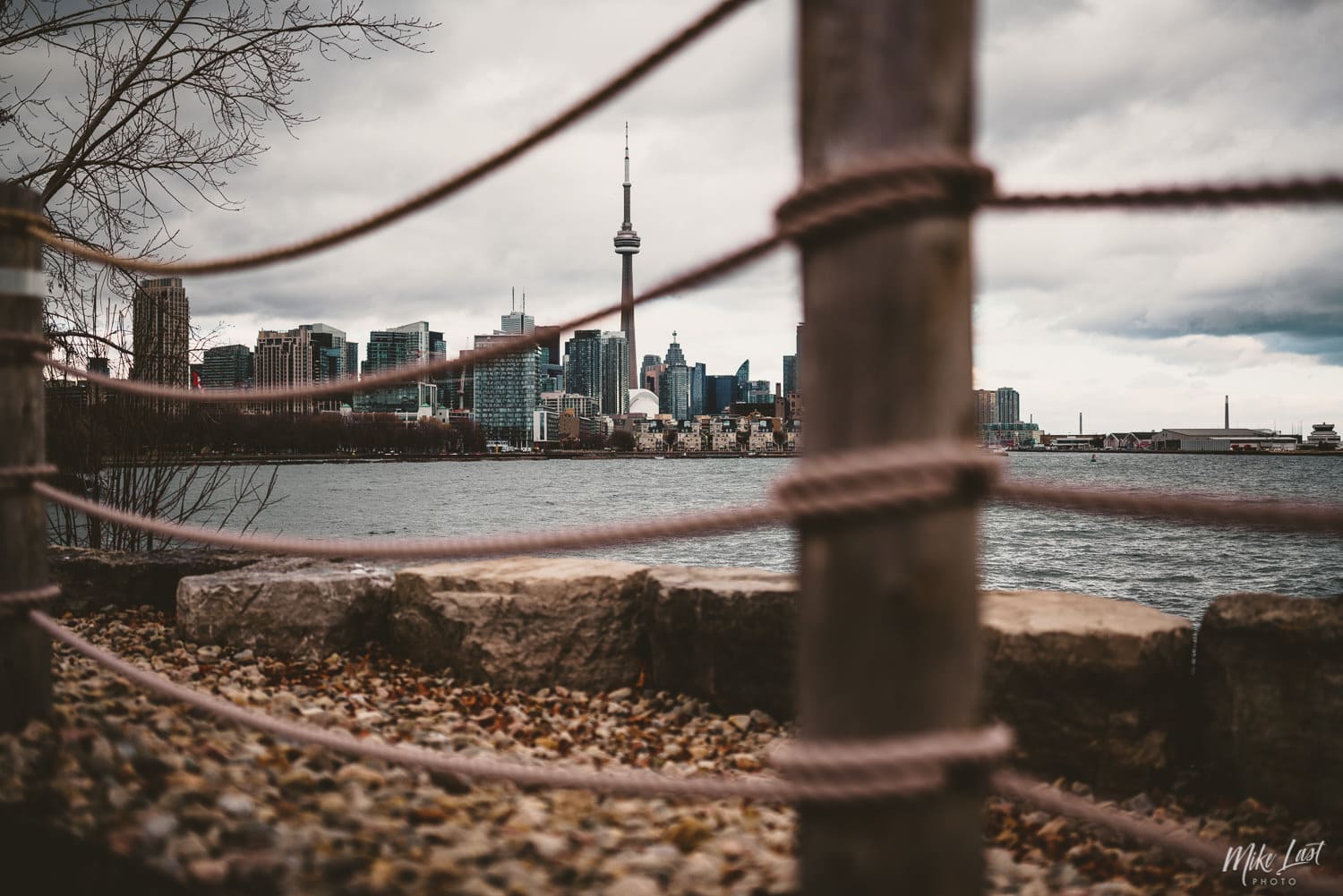
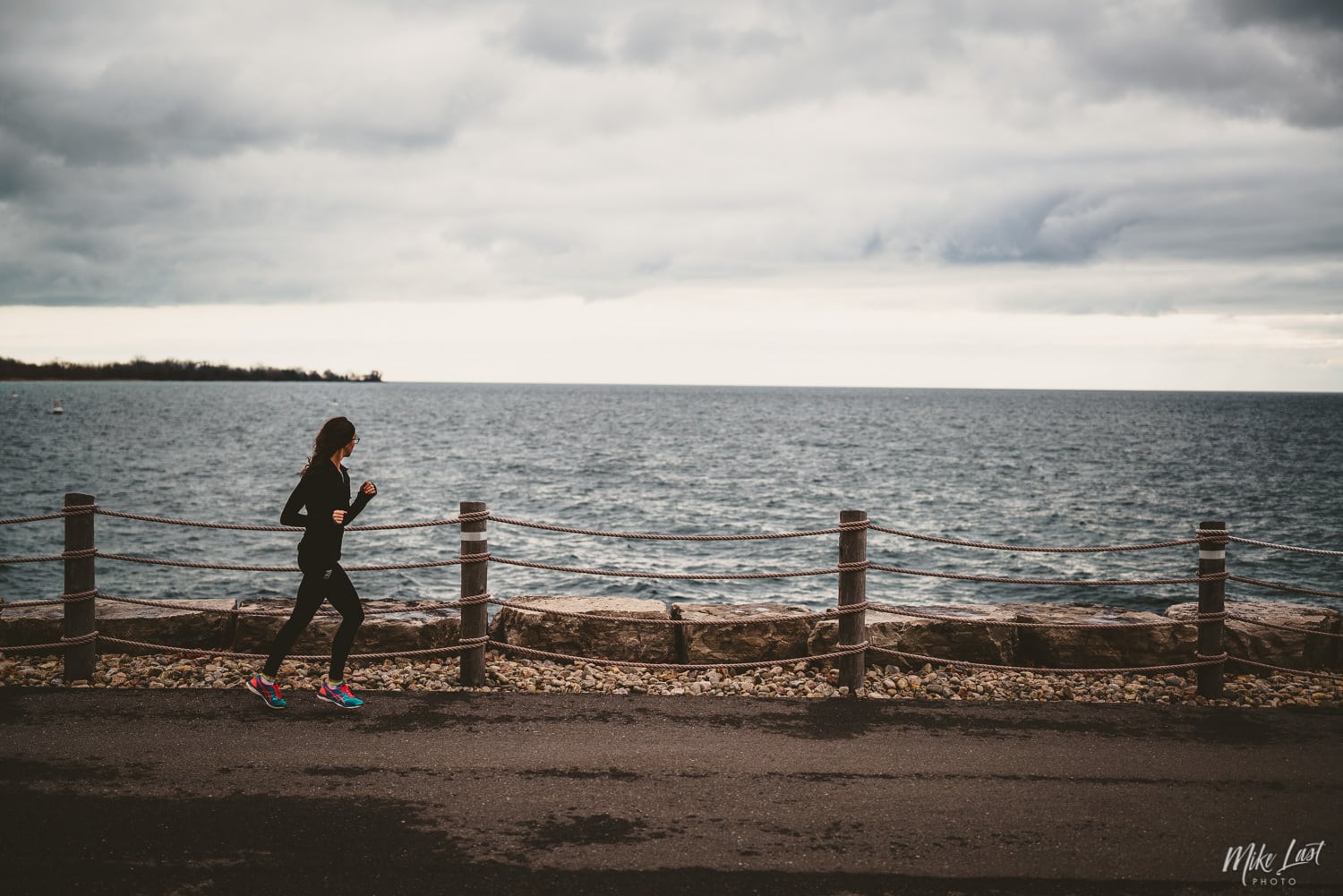



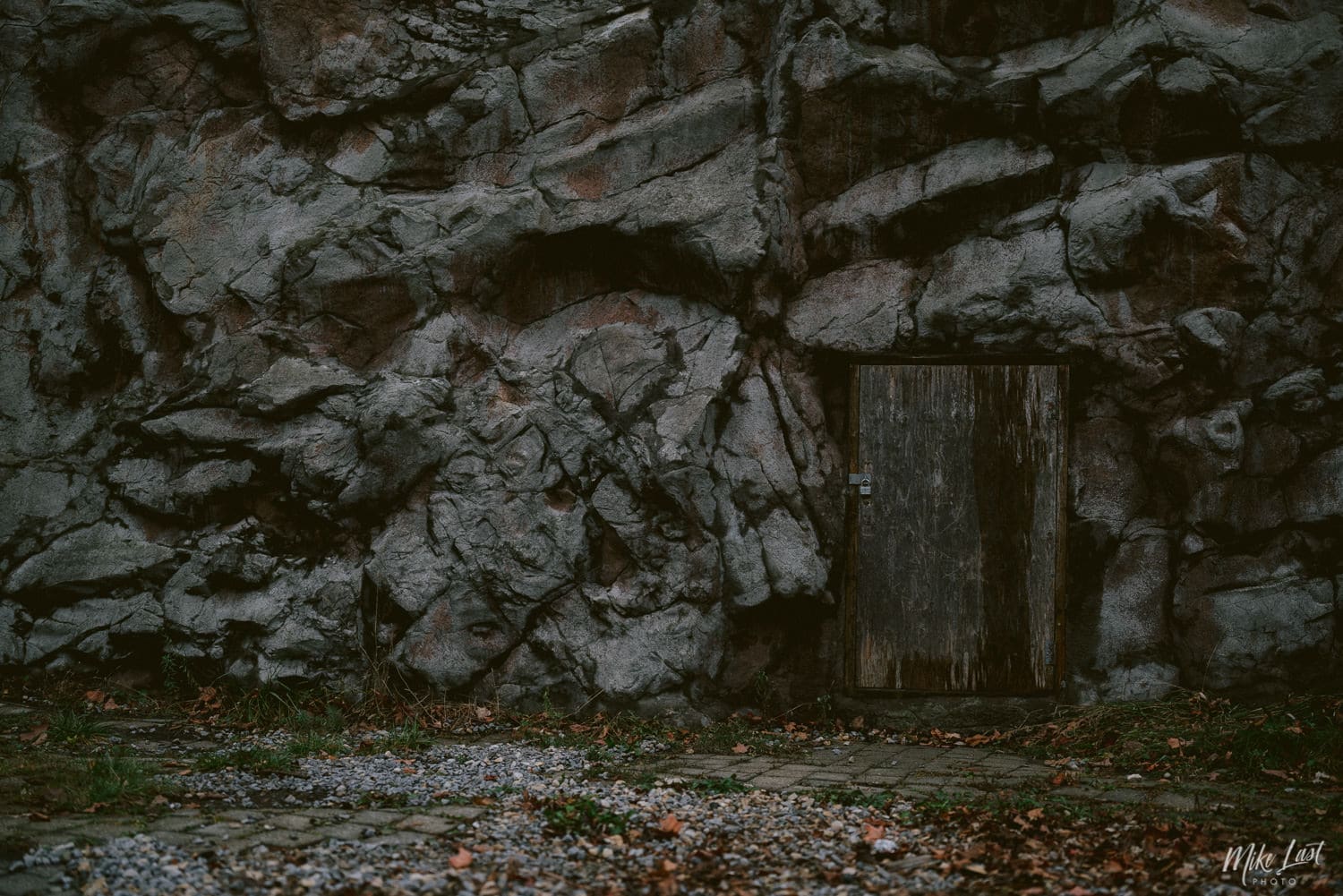
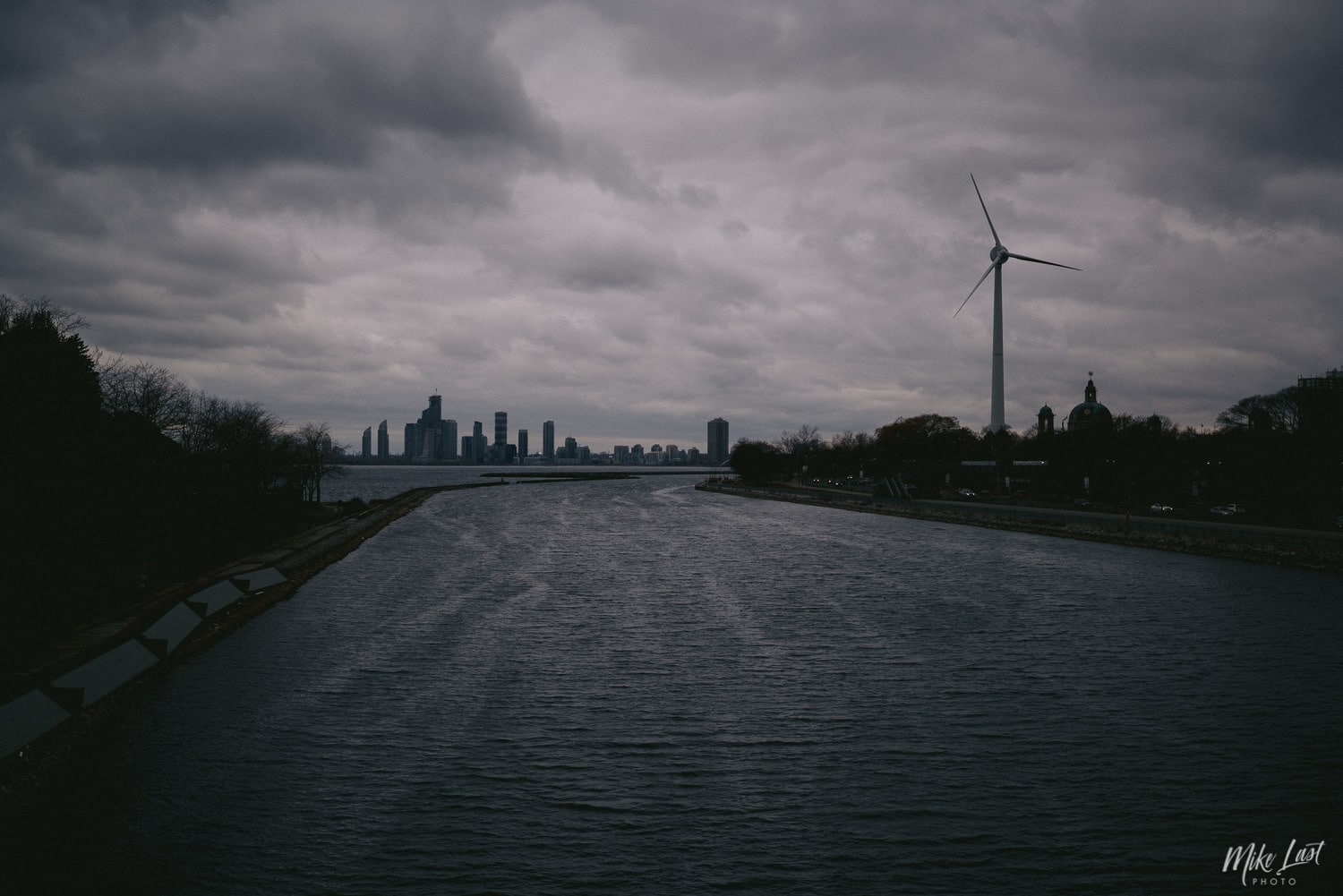
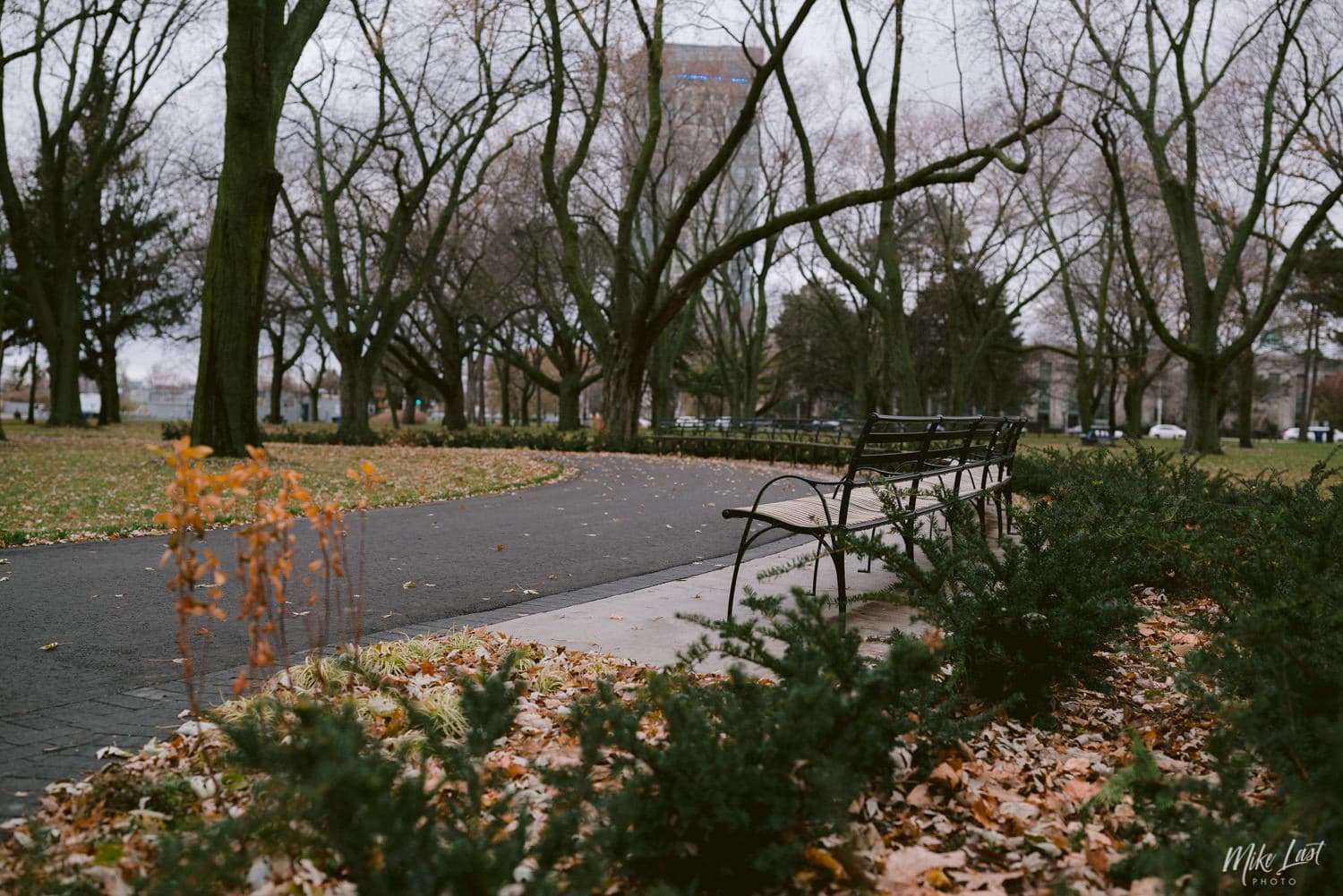
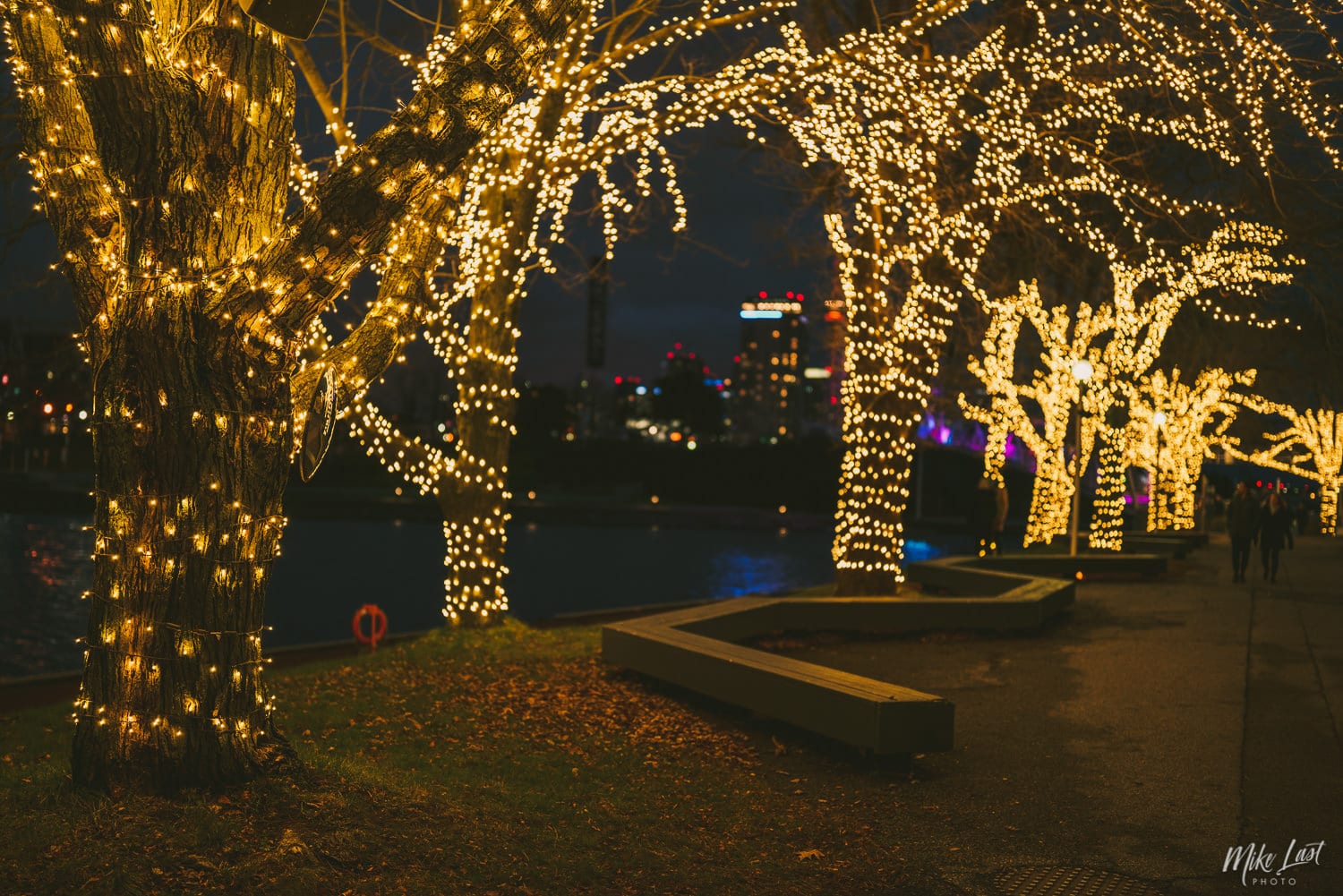
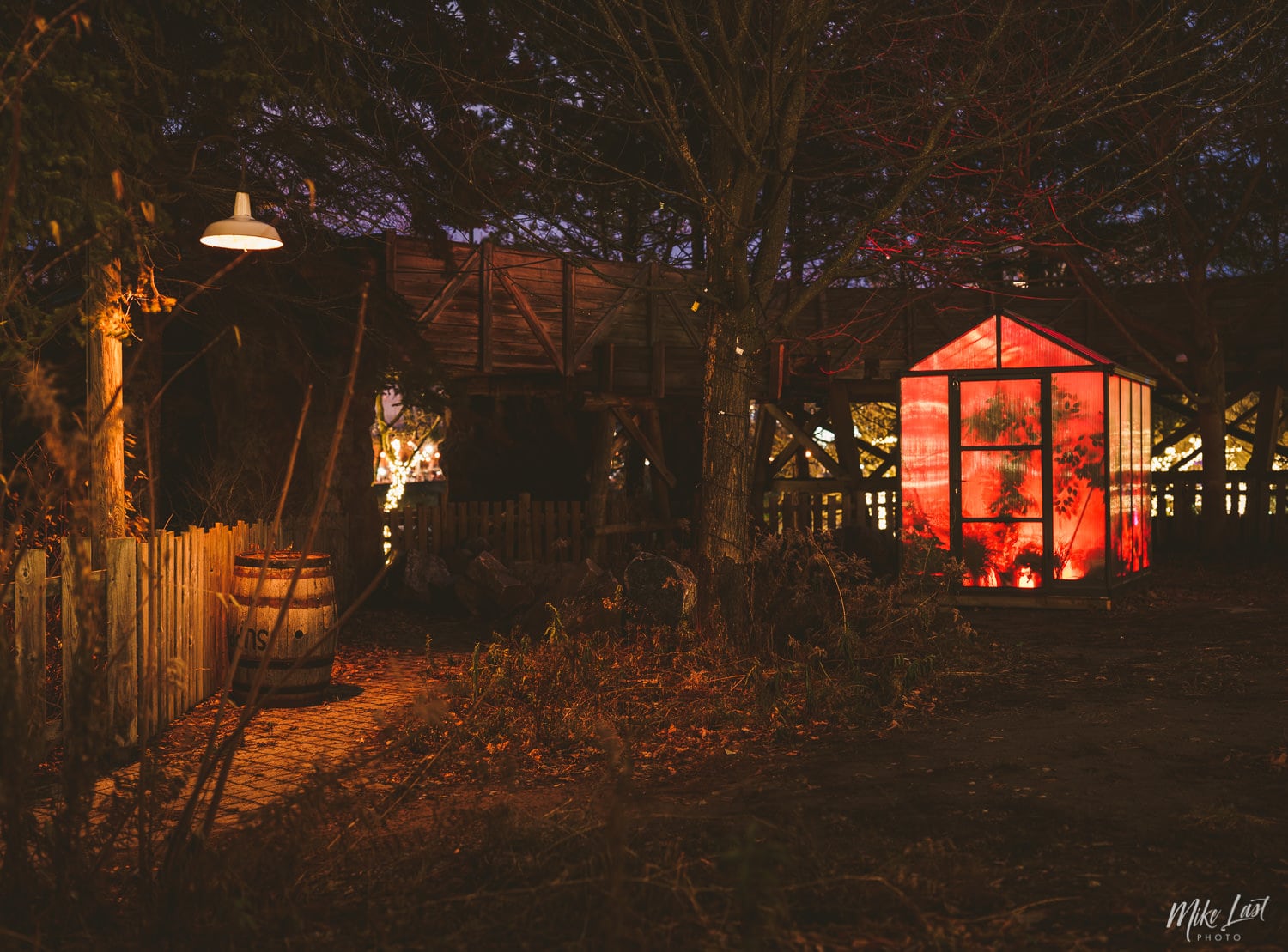


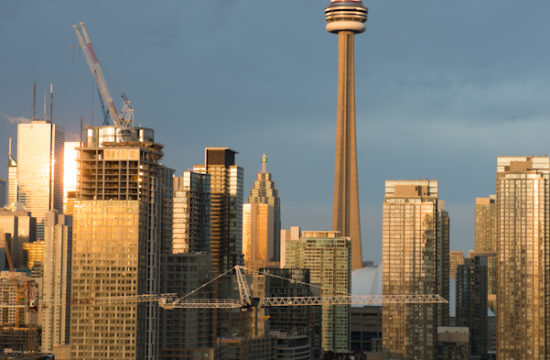

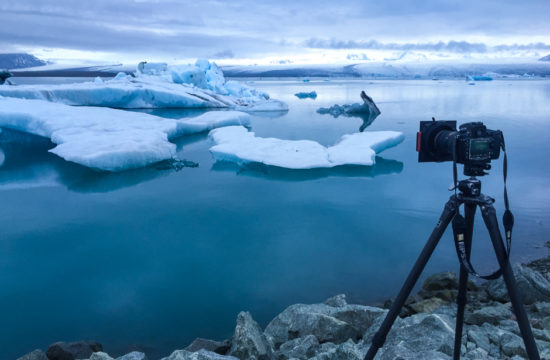
Thanks. I just ordered one today!
Hey Matt,
Thanks for checking out the first impressions!
The presets on a few of the processed images are some of the newer DVLOP products.
-Mike
Hey,
Thanks for the review – quite useful.
I have A7II and 55 1.8, just exploring wider options.
The presets on those photos – I love them!
Any chance letting me know what are they?
Thanks,
Matt